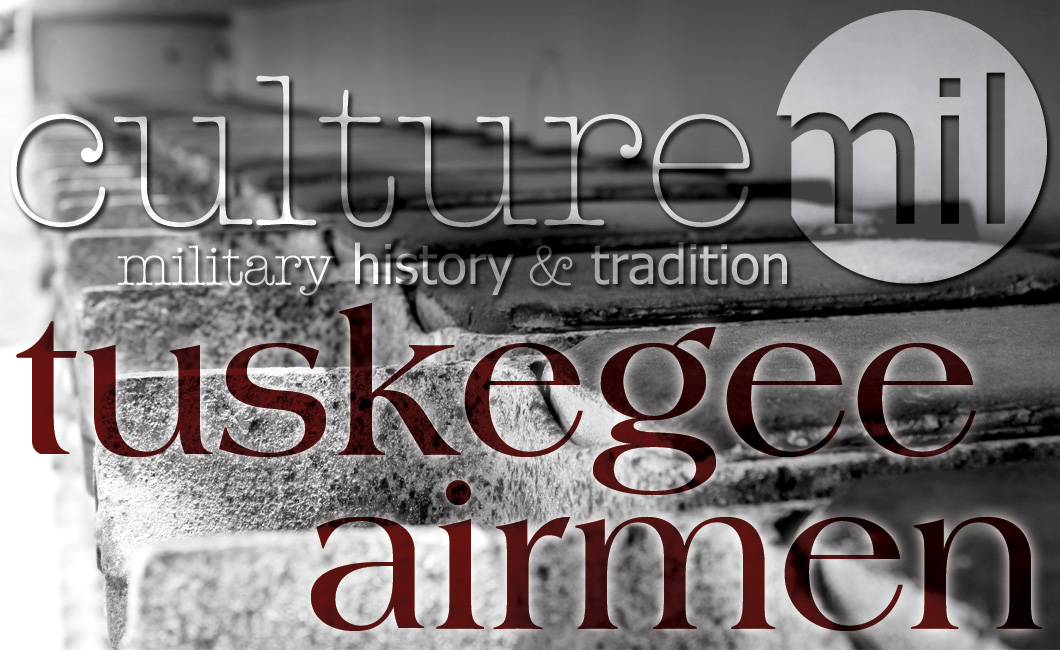- http://www.nationalww2museum.org/learn/education/for-students/ww2-history/at-a-glance/tuskegee-airmen.html
- http://www.tuskegeemuseum.org/who-were-they/
- http://www.tuskegee.edu/about_us/legacy_of_fame/tuskegee_airmen/tuskegee_airmen_pilot_listing.aspx
- https://www.trumanlibrary.org/anniversaries/desegblurb.htm
- http://www.ferris.edu/jimcrow/what.htm
- https://www.pbs.org/wnet/jimcrow/print/p_struggle_congress.html
- http://www.history.com/topics/black-history/voting-rights-act
- http://www.aaregistry.org/historic_events/view/military-initiates-tuskegee-airmen
- http://tuskegeeairmen.org/wp-content/uploads/Tuskegee-Airmen-Questions-and-Answers-09_2014.pdf
- http://www.tuskegeetopgun.com/tuskegee_airmen.php
Written by Jenifer Chrisman on December 12, 2016.
“Never underestimate the power of dreams and the influence of the human spirit. The potential for greatness lives within each of us.”
– Frederick Douglas
Executive Order No. 9981, issued by President Harry S. Truman on July 26 1947, stated, “It is hereby declared to be the policy of the President that there shall be equality of treatment and opportunity for all persons in the armed services without regard to race, color, religion, or national origin.” Prior to this, the Jim Crow laws, a series of “separate but equal” state and local laws, were used as justification to block African American soldiers from becoming pilots. Although Truman desegregated the military in ’48, the Jim Crow laws were not fully abolished until the Voting Rights Act was signed into law on August 6, 1965, by President Linden B. Johnson.
Despite this, World War II opened the door for African American’s to serve their country. In 1941 less than 4,000 were serving in the military and only twelve had achieved the rank of officer. By the end of the war more than 1.2 million were serving throughout Europe, the Pacific and the home front. Among those were thousands of women who served in the Women’s Auxiliaries.
The U.S. Army Air Forces opened a segregated airbase on July 19, 1941, in Tuskegee, AL, where African American’s were allowed to train and serve as pilots for the first time. They included fighter and bombardment groups and squadrons, with the first class graduating on March 6, 1942, and a total of nearly 1,000 pilots graduating between 1941 and 1946.
Nicknamed the “Red Tails” due to their planes’ distinctively painted tails, these aviation cadets were initially set to train as single-engine pilots, but later also became navigators, bombardiers and twin-engine pilots. In March of 1942 (the first aviation class), five of the thirteen students successfully completed the nine month training, receiving their Army Air Corps silver pilot wings. From that point through 1946, over nine hundred additional pilots received both their wings and their commissions.
Officers (college graduates, undergraduates and those who qualified through comprehensive entrance exams) also trained in intelligence, engineering and operations, among other officer fields. And to fully function as a flying squadron or ground support unit, enlisted were trained as mechanics (aircraft and engine) and parachute riggers, as well as a whole complement of other necessary skill sets.
In February of 1944, the Tuskegee Airmen who fought overseas began their combat operations near Naples, Italy, flying air patrols with the 12th Air Force. The 332nd Fighter Group was transferred in April of 1944 to the Adriatic Sea side at Ramitelli Air Strip, near Foggia, Italy, where they escorted the 15th Strategic Air Force conducting long-range heavy bomber missions. The 99th Fighter Squadron transferred to Ramitelli in July of 1944 to perform escort missions and were the only four-squadron group to perform such missions in the 15th Air Force. Their success and effectiveness led to an unprecedented zero losses to enemy aircraft.
Those who did not fight overseas faced considerable hostility and limited opportunity for advancement, including arrest and court martial proceedings.
With over 15,000 sorties and one of the lowest loss records, the Tuskegee Airmen were an outstanding group of men determined not only to fight for their country but against the many injustices they faced on the home front. They showed great bravery, home and abroad, and their names will live on in the annals of U.S. military and American history.
TUSKEGEE AIRMEN COMBAT MISSIONS
| Missions | Qty |
|---|---|
| Total Missions - 12th Air Force | 1,267 |
| Total Missions - 15th Air Force | 311 |
| Total Sorties - 12th Air Force | 6,381 |
| Total Sorties - 15th Air Force | 9,152 |
| Grand Total Missions | 1,578 |
| Grand Total Sorties | 15,533 |
| Total Number of Pilots Sent Overseas | 450 |
| Total Number of Pilots Graduating From Tuskegee | 994 |
| Total Pilots Killed In Action | 66 |
| Prisoners of War | 32 |
TUSKEGEE AIRMEN COMBAT RECORD
| Destroyed | Damaged | Total | |
|---|---|---|---|
| Aircraft (aerial) | 111 | 25 | 136 |
| Aircraft (ground) | 150 | 123 | 273 |
| Barges and Boats | 16 | 24 | 40 |
| Boxcars, Other Rolling Stock | 58 | 561 | 619 |
| Buildings and Factories | 0 | 23 | 23 |
| Gun Emplacements | 3 | 0 | 3 |
| Destroyers | 1 | 0 | 1 |
| Horse Drawn Vehicles | 15 | 100 | 115 |
| Motor Transports | 6 | 81 | 87 |
| Power Transformers | 3 | 2 | 5 |
| Locomotives | 57 | 69 | 126 |
| Radar Installations | 1 | 8 | 9 |
| Tanks on Flat Cars | 0 | 7 | 7 |
| Oil and Ammunition Dumps | 2 | 0 | 2 |
TUSKEGEE AIRMEN AWARDS
| Award | Qty |
|---|---|
| Legion of Merit | 1 |
| Silver Star | 1 |
| Soldier Medal | 2 |
| Purple Heart | 8 |
| Distinguished Flying Cross | 95 |
| Bronze Star | 14 |
| Air Medal and Clusters | 744 |
Statistics and Decorations provided by tuskegeetopgun.com.
Sources:



